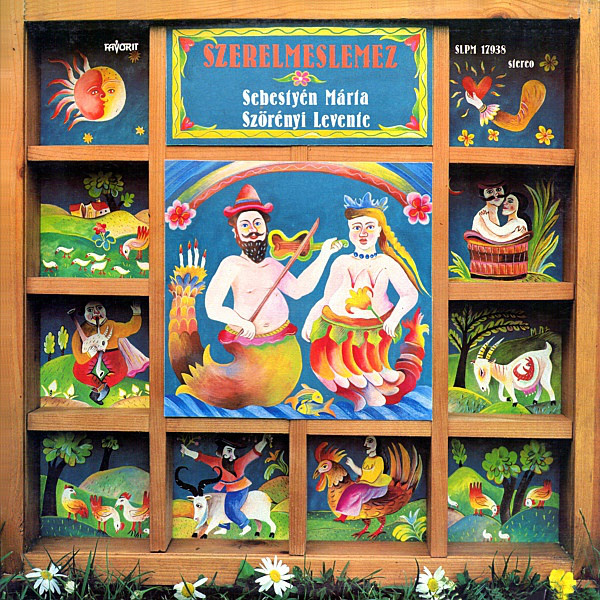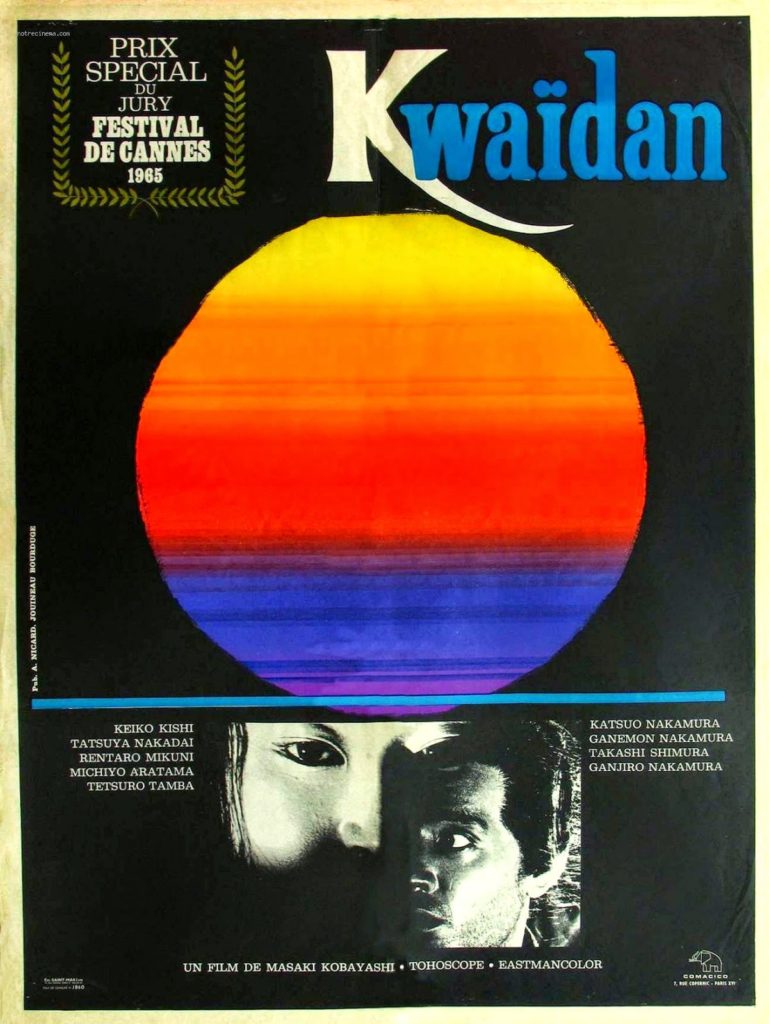
Gorgeous interpretations of traditional Hungarian folk songs, fleshed out in full color with synth and drum machine textures. Effortless vocals predominantly by Sebestyén Márta, a folk singer, composer, and actress who has also worked with Deep Forest (!). There’s something Virginia Astley-esque about the deliberately innocent quality of her voice, though perhaps that’s a typical affect of traditional Hungarian folk singing–I sadly wouldn’t know. The prolific musician and songwriter Szörényi Levente contributes some vocals as well (presumably in addition to much of this instrumentation, though I can’t find full credits anywhere), and his brother Szörényi Szabolcs produced the record.
I’ve listed the song titles in Hungarian followed by their English translations where applicable. There’s a lot to love here, texturally: rolling, churning synth and drum machine on tracks like “Segélj El Uramisten” and “Szerelem, Szerelem” that reminds me of Sakamoto; more abstract chirping sample play on “Este Lett;” but the centerpiece is the floating, sinewy stunner “András,” previewed below. Impressively, Szerelmeslemez (“Love Record”) only gets increasingly generous with additional eartime. Enjoy!




